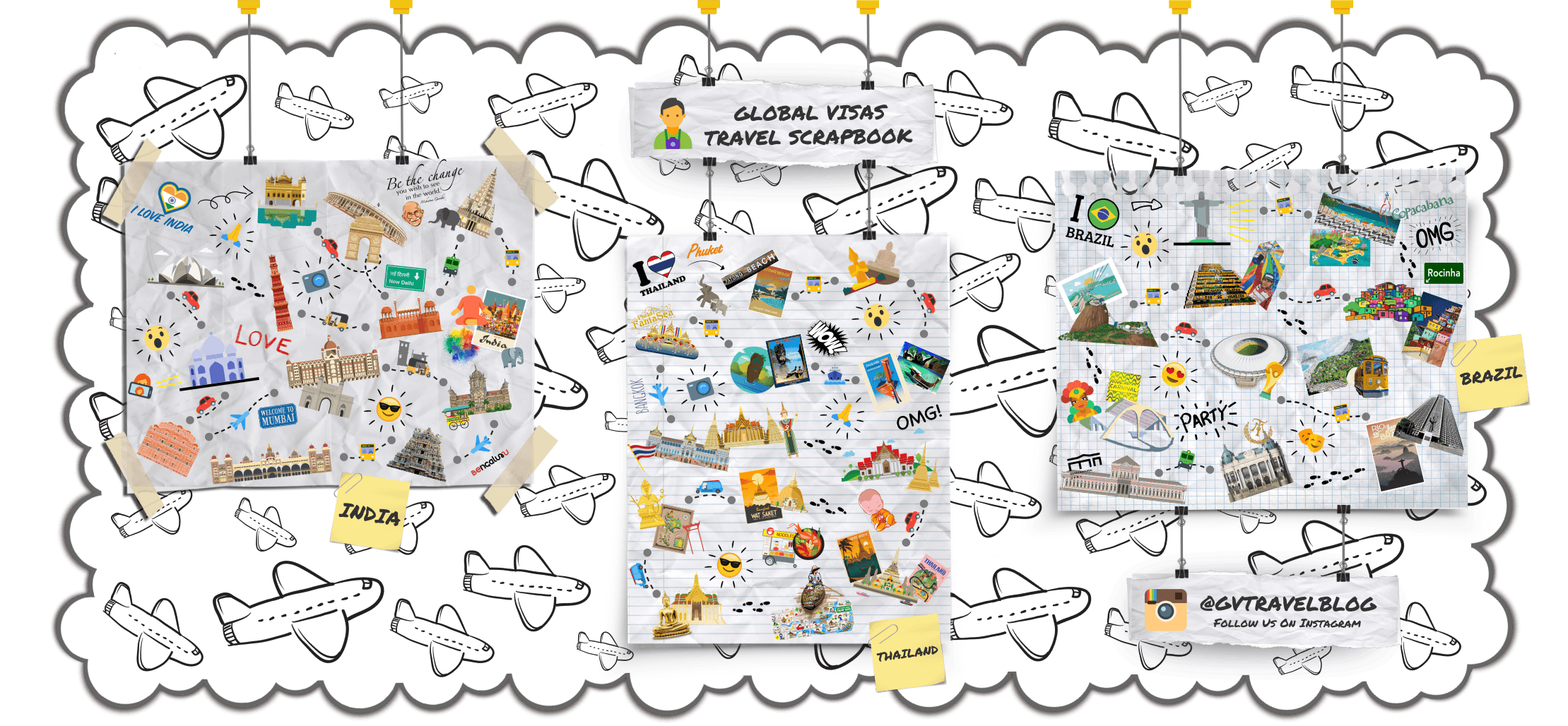BY ROAD:
The EN1 runs the length of the country generally staying close to the coast from Maputo up. Roads throughout the country are generally in poor condition, especially when compared to South Africa, although the stretch of the EN1 between Maputo and Inchope is in decent condition with the exception of the 120 km directly north of Vilankulo, which is still in decrepit condition and poses a serious challenge to any driver in a low clearance vehicle. The EN6 between the Machipanda border crossing with Zimbabwe and Inchope is in good condition, but deteriorates considerably between Inchope and Beira, becoming almost impassable at points. North of Vilankulo service stations are scarce – motorists may go 150 km between service stations so fill up at every opportunity.
BY CHAPAS AND BUSES:
Buses and chapas leave early in Mozambique – 4AM is not unusual, particularly as you go further north. Chapas take the form of both mini & midi buses but often pick up trucks and cargo trucks will offer a ride for the same fare as a chapa. Government and privately owned buses ply the same routes as Chapas but typically stop a great deal more often so are inadvisable for anything other than short journeys.
The chapas themselves, particularly on shorter routes, are generally in shockingly poor condition. Expect seats, doors and interiors falling apart. Having said that since 2007/2008 the Mozambican government has been regulating prices on key routes which means chapa travel in Mozambique is extremely good value. In larger cities this translates to signs with destinations and prices in chapa stations (EG – Junta in Maputo), these prices will not come down no matter how hard you negotiate but many an enterprising chapa conductor/navigator/bouncer will try to extort you if you are silly enough to ask what a price is. If in doubt ask at your hotel, a local or as a last resort simply hand them a large note; often they will assume you know the correct fare and give you the correct change.
Since about the beginning of 2011, there are now government registered chapas and unregistered chapas. While both are unsafe and are in many accidents each year, always take the government chapas. These can be recognized by being the large buses. These buses are newer and thus slightly safer. They cost slightly more (at the time this was written they were 10 mets a journey, and unregistered were 5). Unregsitered chapas though are extremely dangerous and overcrowded and should never be used if you can help it.
BY TAXI:
Once only found in Maputo taxis can now be found in many cities throughout the country. They never have meters so you must negotiate regarding cost before your journey. Taxis are often in as perilous condition as chapas (from balding tires to someone sitting in the passenger seat holding a plastic gas can with the cars fuel line going in to it) and breakdowns should be considered likely. Never pay for your journey until you reach your destination. If you are female, never take a taxi alone, especially not one found on the side of the road. If you must, ask around for the number of a trusted taxi driver who will come pick you up and can usually be there in under half an hour depending on how far away they are. Always add ten minutes or more to how long they say they will take to collect you though.
In Maputo there is a flat rate of 200 MT for any journey in the city center. Longer journeys (EG to Junta) cost 400 MT and up. In the early morning they will often attempt to gouge you, doubling the price to 400 MT, as there are often very few taxis about at this time.
Chapas can also be rented as taxis but are typically more expensive and far less comfortable.
BY AIR:
Domestic flights are the fastest and most sane way to get around the country if you can afford it. Linhas Aereas de Moçambique flies between the major cities. The flights themselves are actually on extremely modern, clean and well maintained planes and are a stark contrast to the other transport options in the country. However, be warned that all airlines from the country including LAM are listed on the EU air safety list as of June 2015 and are therefore banned from operating in the European airspace.
LAM operate an old style booking system where you can reserve a flight over the telephone and then pay for it on check in. If you do use this facility ensure that you confirm your flight 72 hours before departure or your reservation will likely be canceled.
Alternatively all LAM offices in towns and airports can book and receive payment for flights throughout the country. It is not advisable to pay using credit card due to the level of corruption present in all state enterprises including LAM.
BY RAIL:
Trains aren’t really very useful, considering there’s only one and it’s in the far north of the country traveling from Nampula to Cuamba near the Malawian border. See get in above for more details.
Mine clearance from the old coastal railway running the length of the country has been finished in many areas but with the costs involved and the level of corruption in the country it will be decades before any rail service with reasonable coverage arrives in the country.









